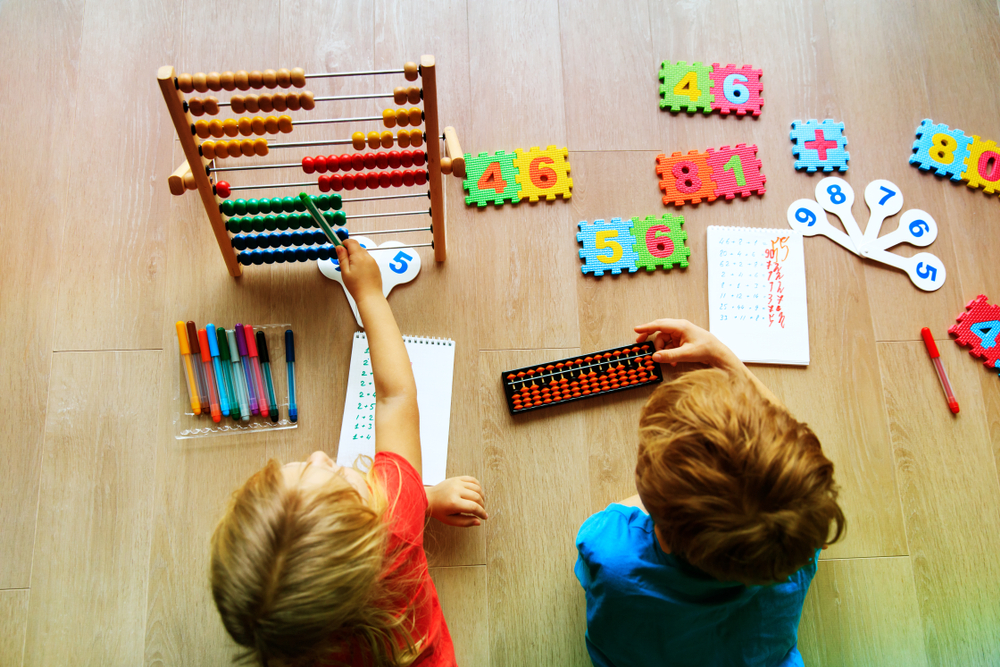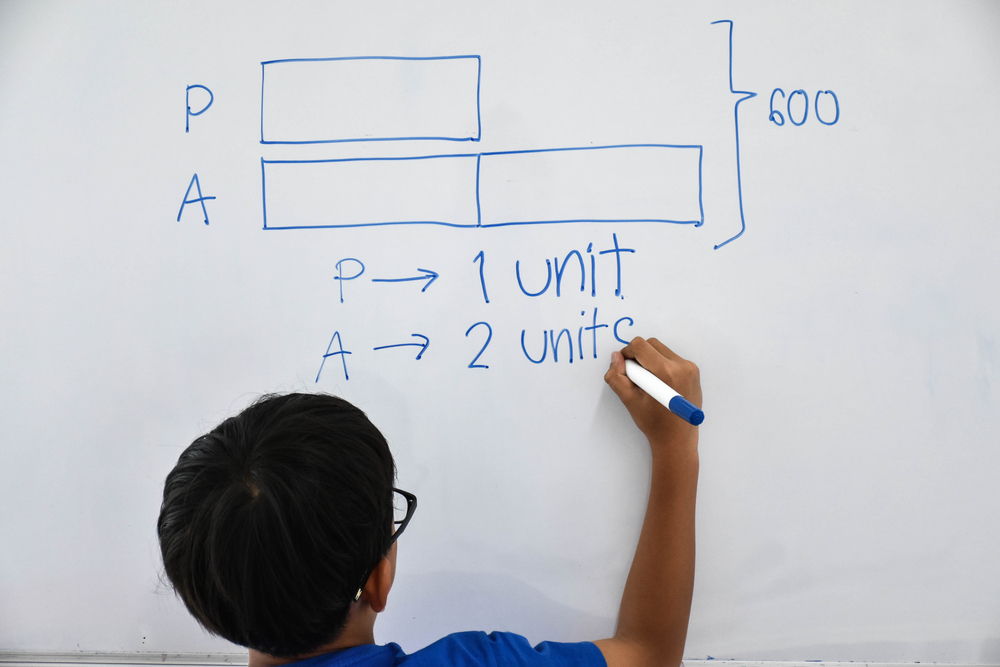Spatial reasoning Normal Math Worksheets for Ages 4-9
3 filtered results
-
From - To
Transform young minds with our captivating Spatial Reasoning Normal Math Worksheets, tailored for ages 4-9! These expertly crafted activities not only boost math learning but also significantly enhance critical thinking and problem-solving skills. Perfectly designed to suit early grade learners, our worksheets focus on shapes, patterns, and logical reasoning, keeping math engaging and interactive. Each sheet provides a fun challenge, gradually building spatial awareness and cognitive development. Help your child excel in math and beyond with our engaging, educational resources. Start the adventure of learning with our top-tier, age-appropriate spatial reasoning worksheets today!
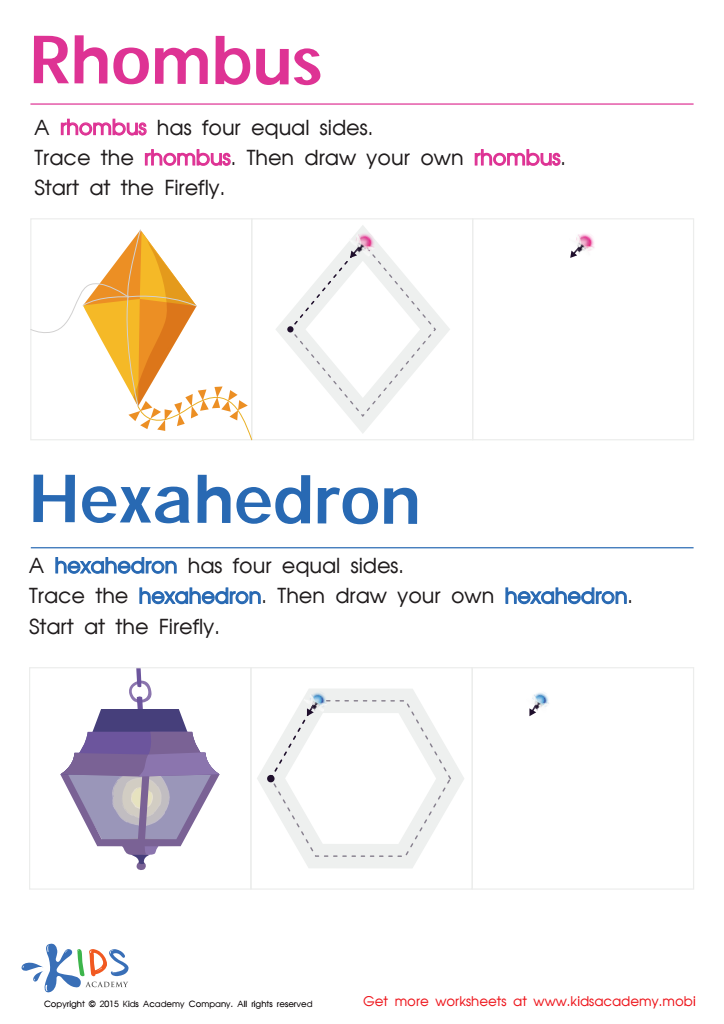

Draw a Rhombus And a Hexahedron Printable
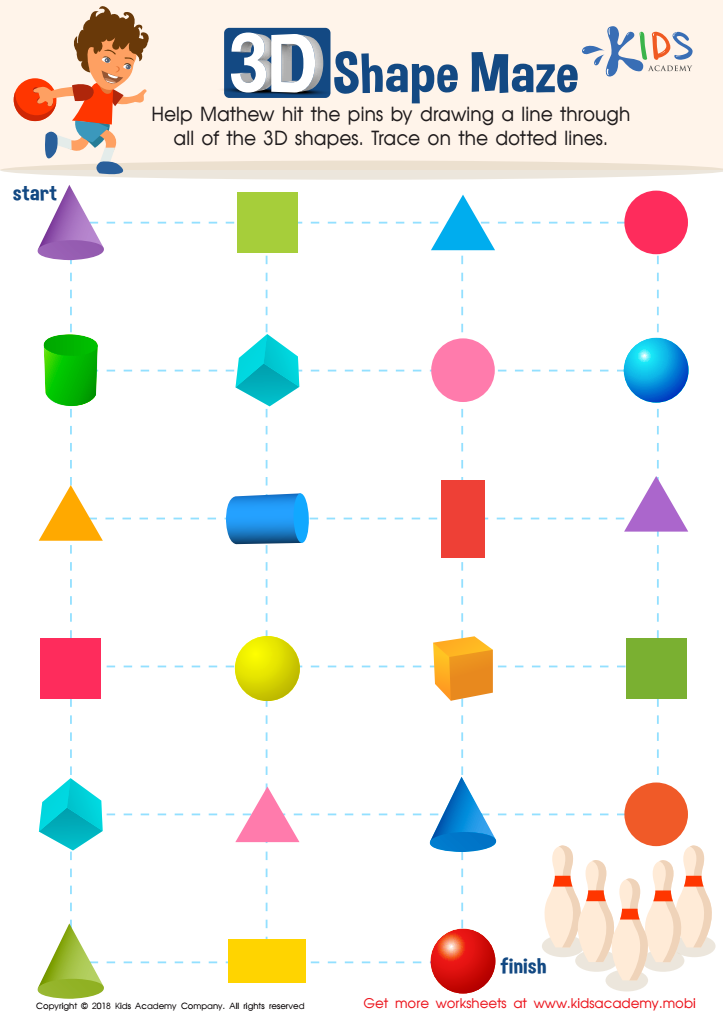

Shapes Maze Geometry Worksheet
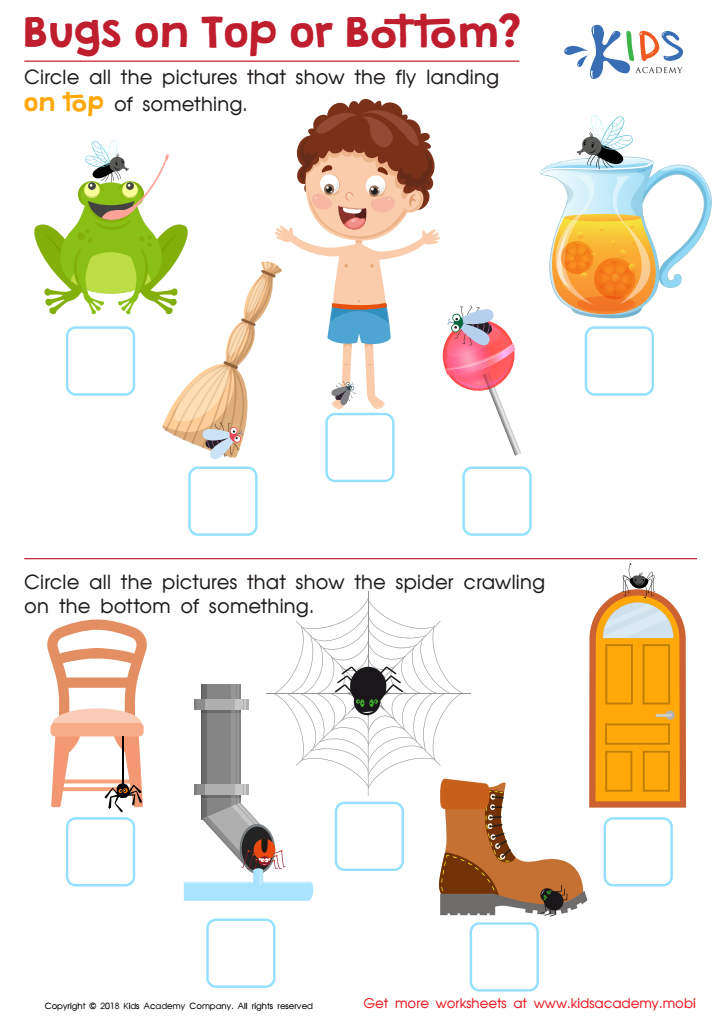

Bugs on Top or Bottom? Worksheet
Parents and teachers should pay attention to spatial reasoning and normal math skills in children aged 4-9 because these foundational concepts lay the groundwork for future academic and practical success. Spatial reasoning is the ability to understand and manipulate shapes and objects, which is crucial for problem-solving and everyday activities. It helps children grasp mathematical concepts such as geometry, understanding patterns, and recognizing shapes—all of which are fundamental aspects of a well-rounded math education.
Normal math skills, including basic arithmetic like addition, subtraction, multiplication, and division, are essential competencies that form the base for more complex mathematical operations encountered later in life. Early proficiency in these areas can lead to greater confidence and interest in STEM (Science, Technology, Engineering, and Mathematics) fields, which are increasingly important in a technology-driven world.
Moreover, early math and spatial reasoning skills contribute to cognitive development by enhancing memory, attention to detail, and critical thinking abilities. These skills also impact everyday tasks such as reading maps, following directions, and organizing spaces. Therefore, investing time and resources in developing these skills during early childhood sets a child up for greater success in both academic and practical realms, fostering a positive long-term trajectory in their education and personal growth.
 Assign to My Students
Assign to My Students




